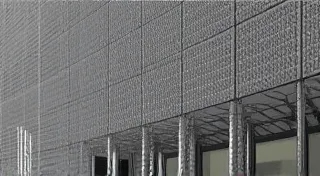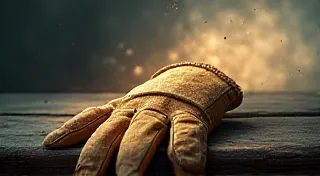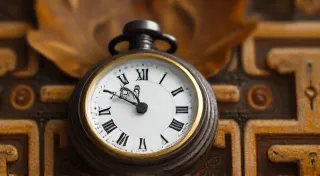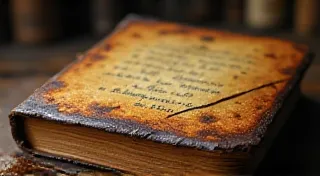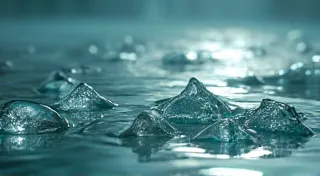The Rusting Lens: An Exploration of Decay and Preservation in Antique Photographic Equipment
There's a certain melancholic beauty in observing decay. It's a reminder of time's relentless march, a visual poem whispered by rust and softened by fading leather. Nowhere is this more poignant than in the world of antique cameras. These aren't merely objects; they're time capsules, holding within them echoes of moments captured, lives lived, and a tangible link to the nascent days of photography. To hold a Graflex Speed Graphic, for instance, isn't just to feel cold metal and worn Bakelite; it's to feel the hand of a photojournalist documenting history in a way that feels profoundly immediate.
My fascination began not with a desire to collect, but with a feeling of quiet reverence. I remember stumbling across a box of discarded items at a flea market – a jumble of forgotten treasures. Amongst the chipped teacups and worn clothing, there it was: a Kodak Brownie camera, its bellows cracked, its leatherette peeling, but possessing an undeniable charm. It wasn't 'perfect' by any modern standard, far from it. It was evidence of a life lived, of snapshots treasured and then, sadly, abandoned. It sparked a curiosity, a desire to understand the stories held within these decaying vessels.
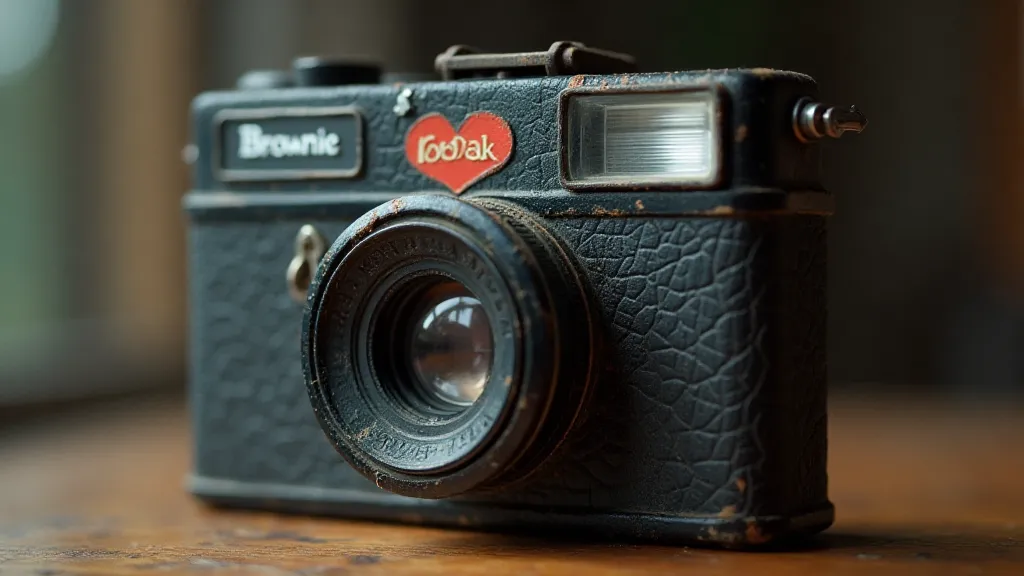
The Dawn of Photography: A Testament to Craftsmanship
The early years of photography were an era of innovation and genuine craftsmanship. Unlike the mass-produced, often disposable electronics of today, antique cameras were often built to last. Companies like Kodak, Leica, and bellows manufacturers like Goerz poured immense effort into their designs, using high-quality materials and employing skilled artisans. Consider the intricate machining of a Leica M3, renowned for its exceptional build quality and legendary lens, or the elegant design of a Thornton-Pickard, a pioneer in roll film cameras. These weren’t products conceived with planned obsolescence in mind; they were meant to be heirlooms.
The process of taking a photograph in those days was a deliberate act, a ritual. It wasn’t a casual point-and-shoot experience. Exposure times could be lengthy, requiring careful consideration of lighting and posing. The photographer was an active participant in the creation of the image, not merely a recorder of events. The challenges inherent in the process fostered a deeper appreciation for the final result.
Patina and the Poetry of Imperfection
The ravages of time, the very elements that threaten to destroy these cameras, also bestow upon them a unique beauty – patina. That subtle discoloration on the brass, the softened edges of the leather, the gentle wear on the bellows; these aren’t blemishes, but rather a testament to the camera’s history. It’s a visual record of its journeys, its countless exposures, and the hands that held it. A camera with a clean, pristine appearance might be technically flawless, but it lacks the character, the soul, of one that bears the marks of time.
There's a certain honesty in decay. It reveals the truth about an object’s existence. It’s a rejection of the sterile perfection often sought in modern design. The way light catches the textured surface of oxidized brass, the way a worn leather strap conforms perfectly to the shape of a hand – these are the details that capture the imagination and evoke a sense of connection to the past.
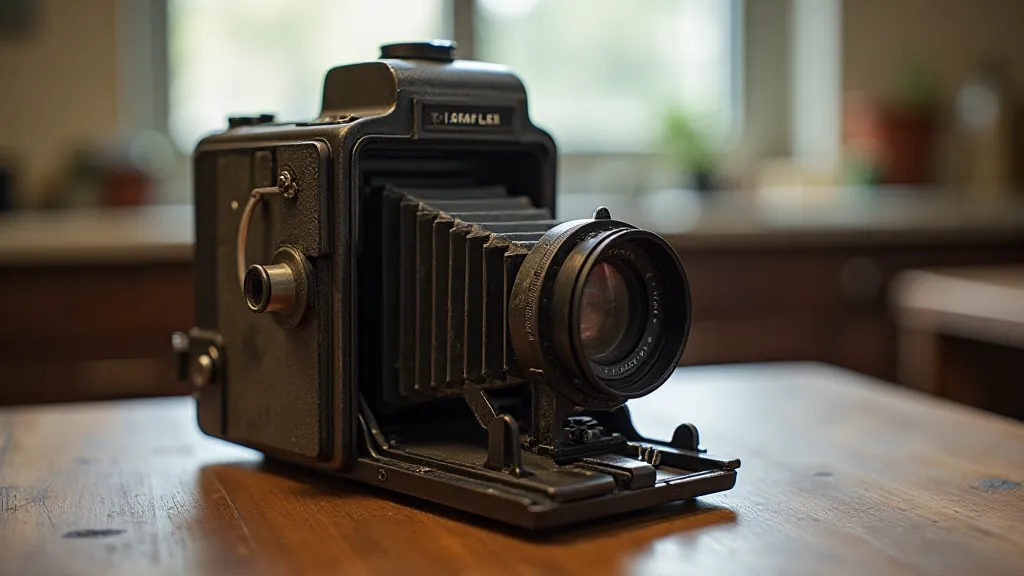
The Challenge of Preservation: A Delicate Balance
While appreciating the beauty of patina is essential, actively preserving antique cameras requires a delicate balance. Complete restoration, a return to factory-fresh condition, can often strip away the character and historical significance of these objects. Replacing original components with modern reproductions, for example, diminishes the camera’s authenticity. The ideal approach often lies in stabilization – preventing further deterioration while retaining as much originality as possible.
This might involve cleaning gently to remove surface grime, lubricating moving parts to prevent seizing, and carefully securing bellows to prevent leaks. The goal isn’t to erase the signs of age, but to ensure that the camera can be handled and appreciated for generations to come. Ignoring the need for conservation, however, can lead to irreversible damage. A rusted shutter mechanism, for instance, may become completely seized, rendering the camera unusable. Leather components may crack and disintegrate if not properly cared for.
Collecting and Connecting to History
Collecting antique cameras isn't just about acquiring objects; it’s about connecting with history, understanding the evolution of photographic technology, and appreciating the artistry of a bygone era. Each camera tells a story, a silent narrative of innovation, craftsmanship, and the human desire to capture moments in time. The research involved in identifying a model, understanding its history, and tracing its provenance can be immensely rewarding.
It’s also a chance to learn from the past. By examining the design choices of early camera manufacturers, we can gain insights into the challenges they faced and the solutions they devised. These lessons can inform our own approach to design and problem-solving in the modern world.
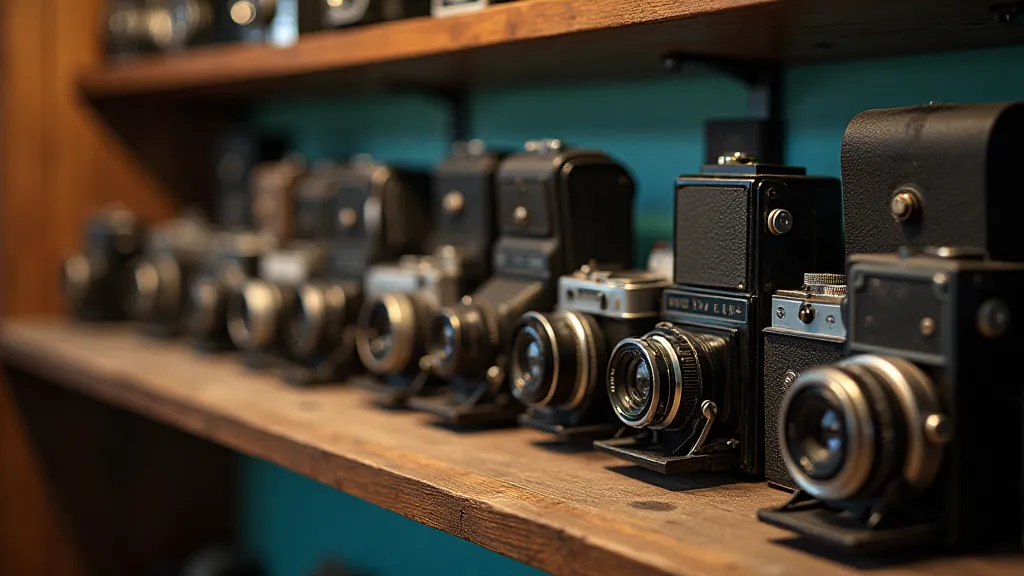
A Legacy in Rust and Light
The rusting lens, the faded leather, the crackling bellows – these aren't signs of failure; they're testaments to endurance. They are visual echoes of a time when photography was a more deliberate, more intimate pursuit. To hold an antique camera is to hold a piece of that history, to feel the weight of legacy in your hands. The challenge lies in balancing appreciation for the beauty of decay with the responsibility of preservation, ensuring that these fragile pieces of history continue to inspire and connect us to the past for generations to come. Perhaps, one day, a new generation will stumble across a box of discarded items, discover a forgotten Kodak Brownie, and begin their own journey into the world of antique photography – a world where rust and light intertwine to tell stories that transcend time.
